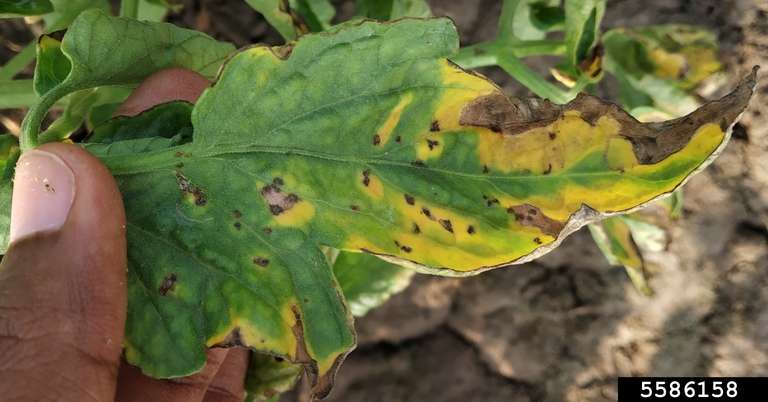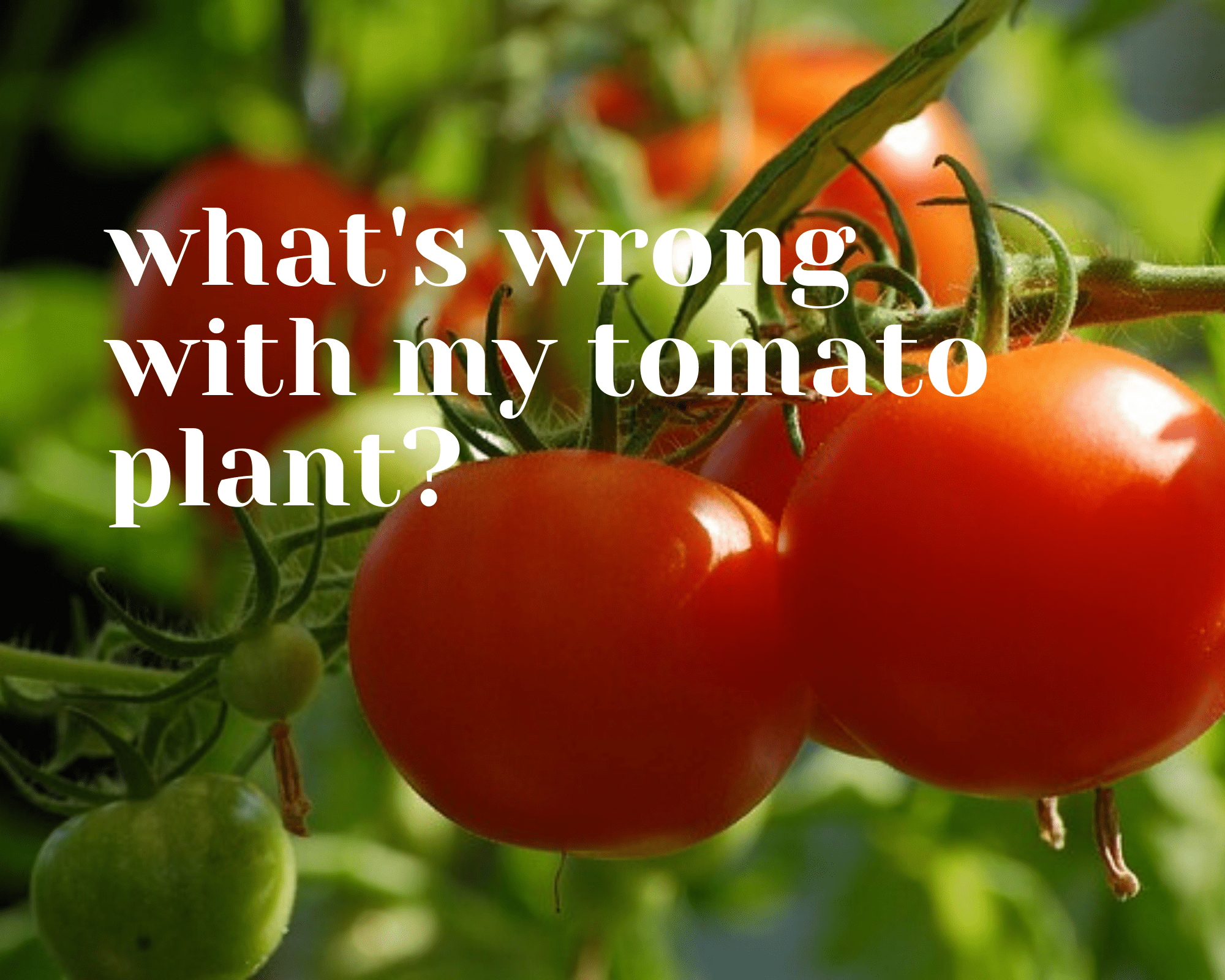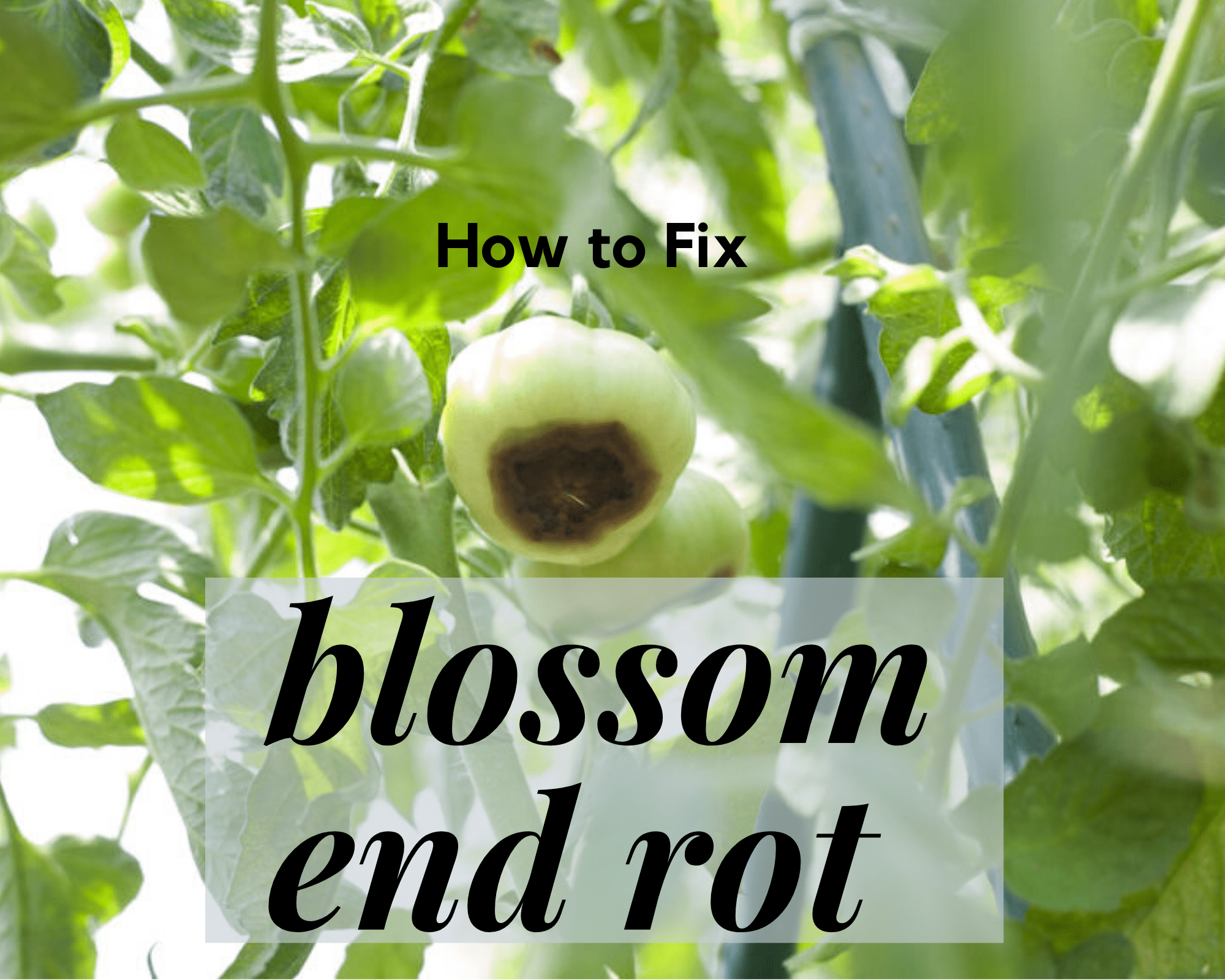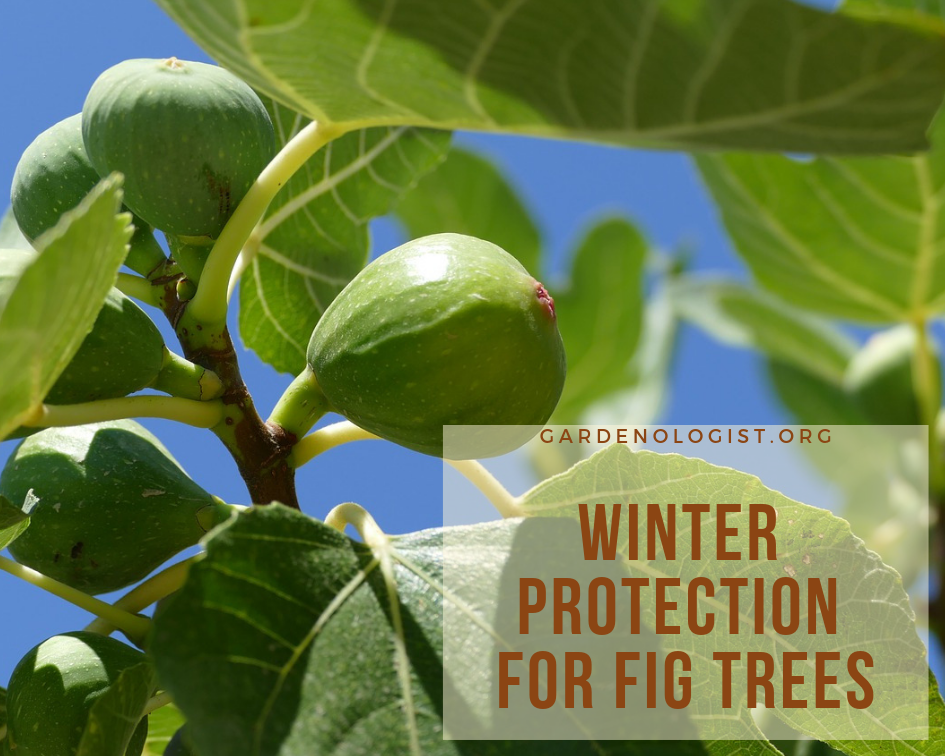This post may contain affiliate links. As an Amazon Associate we earn from qualifying purchases.
Tomato plant leaves that turn brown and curling are nothing to ignore.
You’ve babied them from seedlings – watered, fertilized, watched (endlessly, right?).
Then it begins. Curly, brown, crispy leaves on your tomato plant. It’s worse than those huge green worms that eat the leaves.
Tomato plant leaves are susceptible to a number of disease pathogens, pests and environmental assaults. Leaves curl — either up or downward — turn crispy, remain succulent, discolor or break out in spots.
Tomato foliage problems can fill an entire book. Some symptoms are common in several diseases and it requires a bit of detective work to determine exactly what might be the problem. When tomato plant leaves are turning brown and curl, it is generally a sign of a fungus disease.
Supplies needed to fight the problem
What causes tomato plant leaves turning brown and curling?
Septoria leaf spot, caused by a fungus (Septoria lycopersici), attacks tomatoes, eggplants, potatoes and several other plants related to tomatoes.
The pathogen thrives when the weather is warm and humid with lots of moisture. The spores spread by splashing soil onto the foliage, by windblown rain and even by clinging to the gardener’s clothing and equipment.
Flea beetles, aphids and other insects may also carry the spores to the tomato plant.

Symptoms of tomato plant leaves in distress
Although the pathogen can attack at any point during the tomato plant’s growth it generally begins when it’s setting fruit.
Initial symptoms show up first on older, lower foliage. Early symptoms of Septoria leaf spot include small spots with brown margins.
As the disease progresses the spots grow together until the entire leaf is brown. By the time the tomato plant leaves are turning brown and curling, the plant is in the advanced stages of the disease.
Although symptoms of Septoria leaf spot are similar to those of bacterial spot, S. lycopersici causes tiny dark brown dots in the center of newly-formed spots.
Solution to tomato leaves curling
Fungicide sprays, listed for control of Septoria leaf spot are effective against the disease, provided the spray is applied properly and at the appropriate time.
Organic growers can use a copper fungicide spray or a biological fungicide containing Bacillus subtilis (see the Supplies section above for where to buy). The latter, by the way, can be applied right up to harvest.
Chemical fungicides that contain chlorothalonil and mancozeb work well but to be certain of choosing the right one, contact your county cooperative extension office to find out which chemicals are registered for homeowner use in your state.
Find out how to contact yours in our Cooperative Extension Directory.
Remove infected leaves, bag them and dispose of them. Then, apply fungicide as soon as you notice symptoms and repeat the application according to the timetable listed on the label.
Unless otherwise stated on the package, spray the entire plant, to the point where the fungicide drips.
Prevent Septoria Leaf Spot on tomato plant leaves
- Remove infected leaves from the plant, bag them and discard.
- Clean the tomato bed immediately after harvest, removing tomato plant detritus.
- Water the tomato plants at the soil, slowly, to avoid splashing soil onto the leaves. Overhead watering leaves the plants susceptible to fungal infections, but if you must water overhead, do so early in the day so the foliage has a chance to dry before temperatures cool in the evening.
- Keep the plants off the soil by staking or mulching. Staking is ideal because it not only raises the plant but provides air circulation as well.
- Use mulches or plastic to reduce contact between leaves and soil
- Always disinfect equipment used on infected plants, both before and after each use.
Should you pinch off the first flowers or buds of a tomato plant? Find out here!




